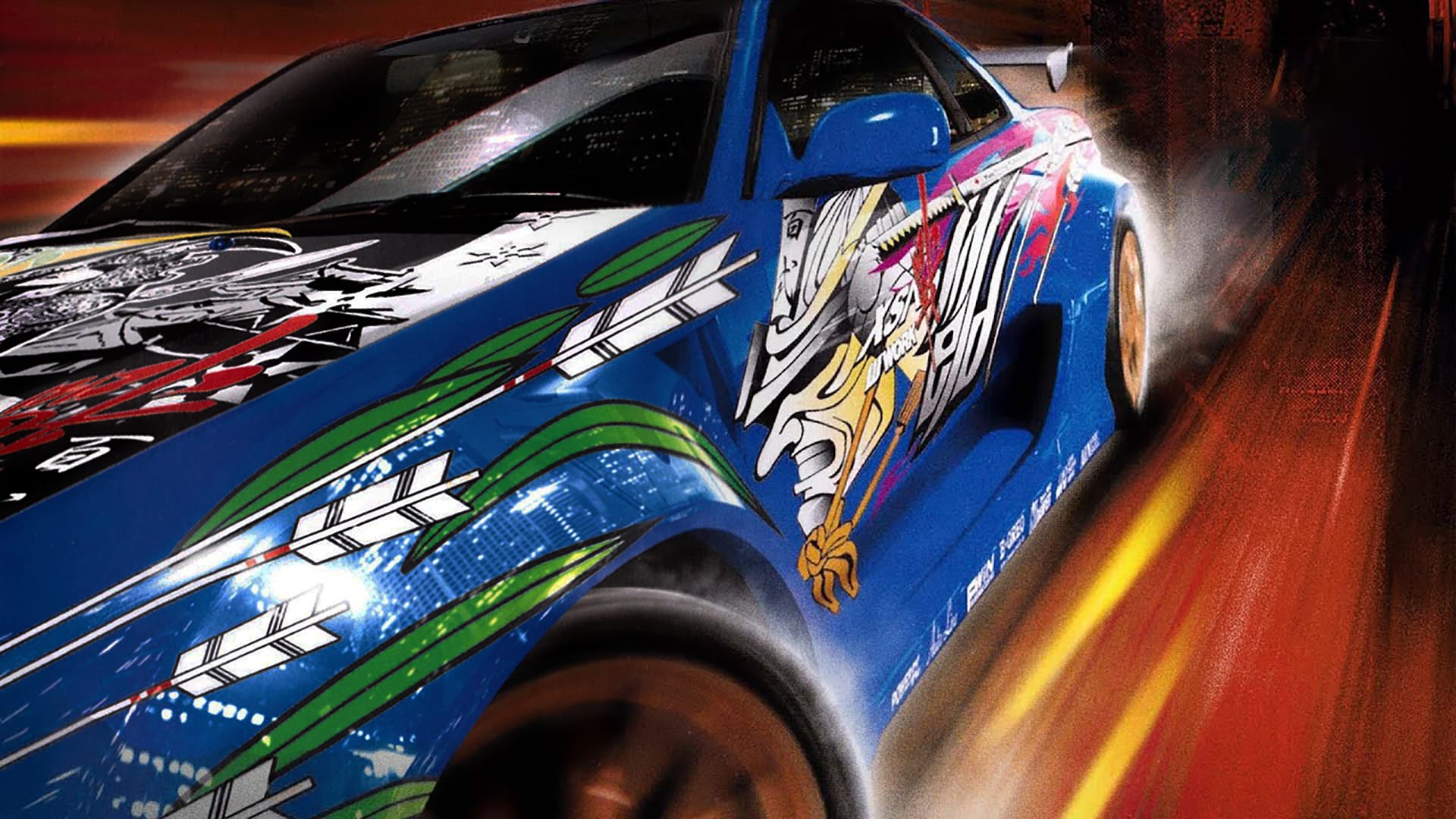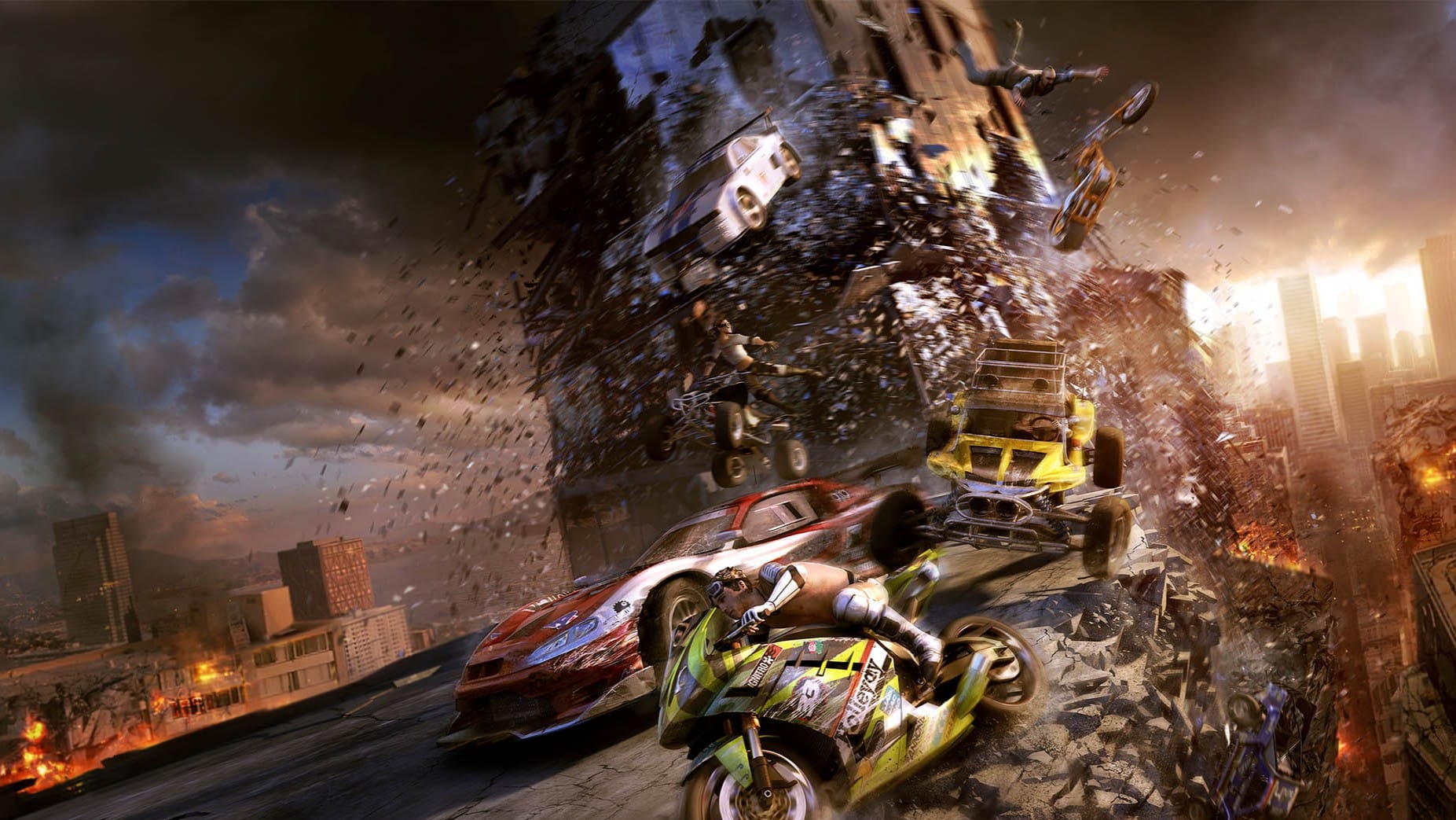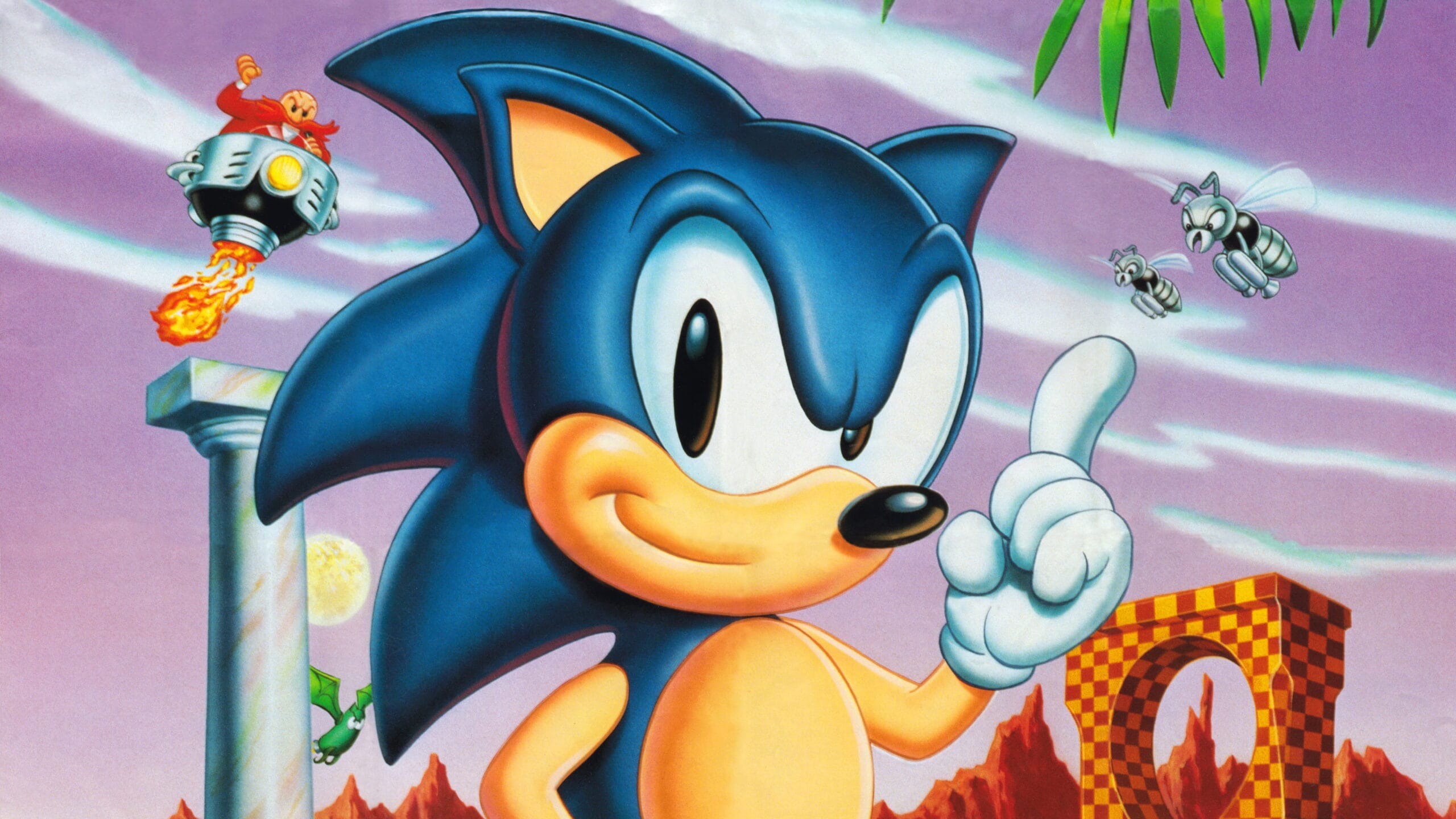The early 2000s were a golden age of gaming, a time when consoles roared to life with ambitious worlds, breakneck racers, and impossibly fluid animations. At the heart of this revolution was RenderWare, the silent workhorse behind some of the era’s most beloved titles. It wasn’t just an engine—it was the backbone of a generation, a versatile toolkit that empowered developers to craft expansive playgrounds with seamless precision. From high-speed crashes in Burnout to the whimsical, living landscapes of Rayman 2: The Great Escape, RenderWare made it all possible.
Unlike the proprietary engines of today, RenderWare was cross-platform, adaptable, and shockingly efficient. It allowed studios to sidestep the technical headaches of multi-console development and focus on what truly mattered: making unforgettable games.
But for all its dominance, RenderWare’s reign was fleeting, quietly fading into obscurity after an acquisition that changed everything. How did it rise so fast? Why did it disappear? And does its DNA still linger in modern game design? Let’s unravel the story of the engine that defined a decade.
The Origins of RenderWare
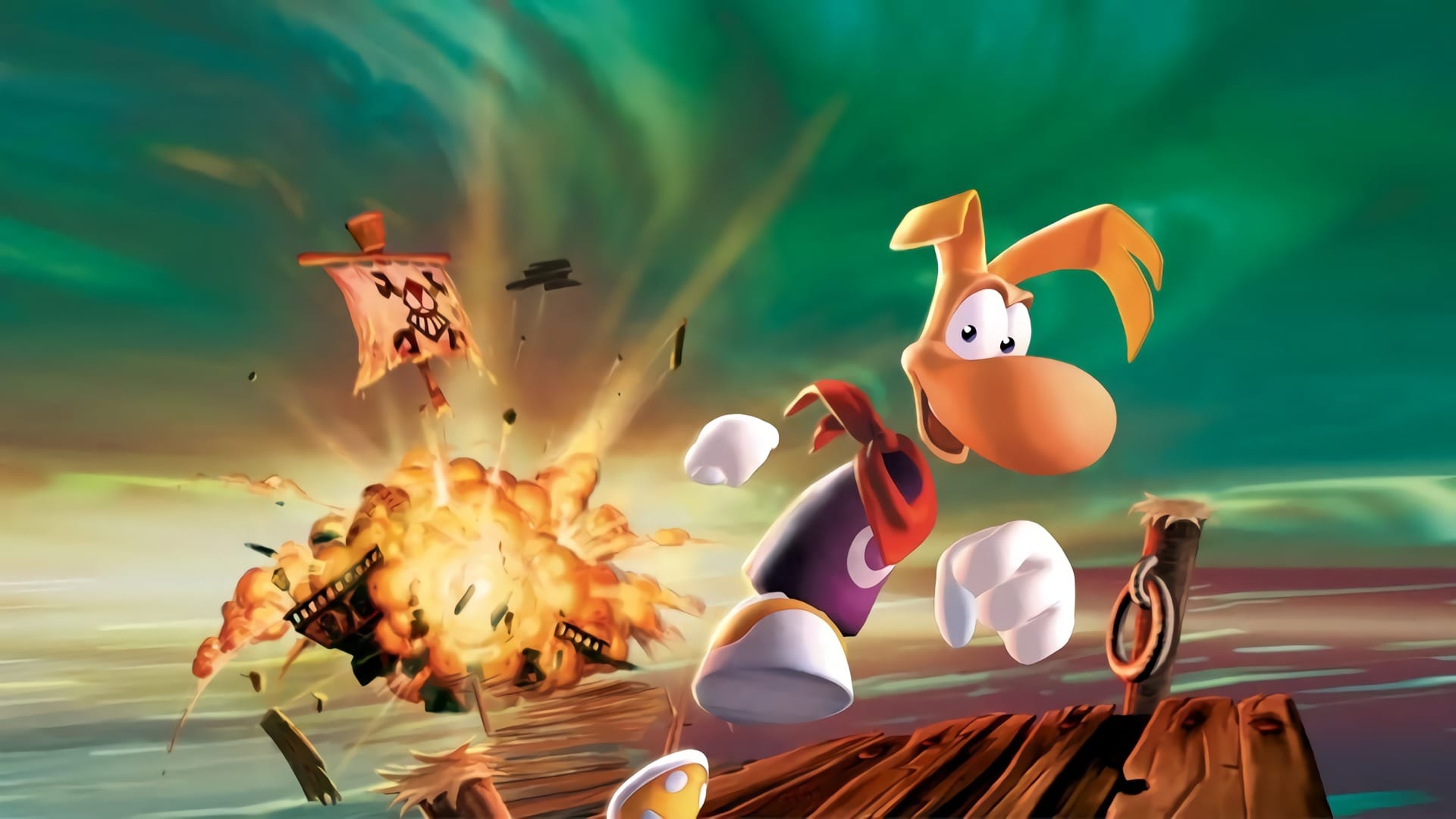
Before RenderWare became a powerhouse, it was something far less glamorous—middleware. A behind-the-scenes facilitator, its original purpose was simple: streamline 3D graphics rendering across platforms. Developed by Criterion Software, a British firm under the Canon Group, RenderWare first emerged in the mid-1990s as a rendering solution for PC and early consoles.
Back then, game development was an arduous, often fragmented process. Studios had to wrestle with the technical quirks of each system, painstakingly rewriting code to ensure their games ran properly on different hardware. RenderWare promised an elegant solution: a single, adaptable engine that could scale effortlessly across multiple platforms.
The idea was bold. Rather than force developers to build from the ground up for every console, RenderWare provided a unified framework—one that handled the complexities of 3D graphics so teams could focus on crafting their vision. It wasn’t long before the industry took notice. With Sony’s PlayStation 2 looming on the horizon, publishers saw the value of a flexible, cross-platform engine. Developers, once bogged down by technical constraints, now had a tool that let them punch above their weight class.
Criterion didn’t just build an engine; they crafted a philosophy. At a time when proprietary engines locked studios into exclusive ecosystems, RenderWare championed accessibility. It wasn’t reserved for corporate giants with deep pockets—it was designed for any developer looking to make their mark. The engine’s modularity meant it could be licensed, tweaked, and repurposed to fit a range of genres. From the physics-heavy chaos of Burnout to the vibrant, free-flowing environments of Rayman 2, RenderWare could do it all.
What made RenderWare so attractive wasn’t just its technical prowess—it was its ease of use. Unlike the more complex engines of the era, RenderWare simplified asset integration, animation pipelines, and rendering mechanics. This allowed developers to prototype faster, refine mechanics on the fly, and bring more ambitious ideas to life without burning through budgets.
By the early 2000s, RenderWare wasn’t just another tool—it was the tool. Its widespread adoption transformed it into an industry standard, powering some of the most iconic games of the era. But like all great success stories, RenderWare’s dominance was not destined to last forever.
One Engine, Many Consoles
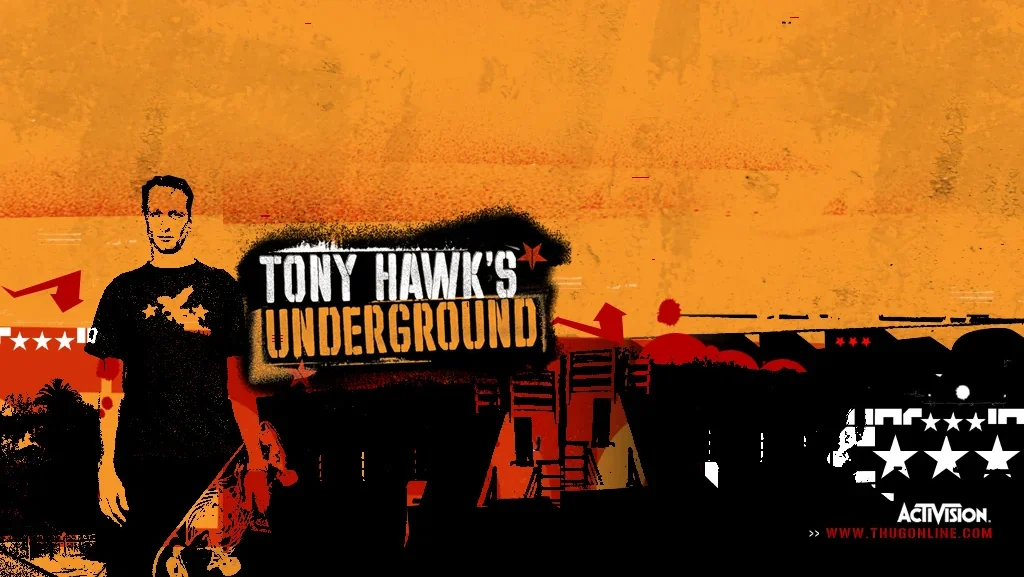
In the early 2000s, platform exclusivity wasn’t just a business strategy—it was a technical nightmare. Developers had to navigate the complexity of different console architectures, each with its own quirks, limitations, and processing pipelines. What worked smoothly on the PlayStation 2 could be a headache on the original Xbox, and porting to GameCube? Yikes. That required an entirely separate workflow.
RenderWare erased those boundaries. It wasn’t just a graphics engine; it was a full-blown development ecosystem that allowed studios to build once and deploy everywhere. With RenderWare, a developer could create a game for PlayStation 2 and, with relatively minimal effort, have it up and running on Xbox, GameCube, or even PC. That kind of flexibility was unheard of in an era where engines were often built in-house and locked to specific hardware.
For publishers, this meant faster ports, broader audiences, and bigger profits. For developers, it removed the headache of reworking entire chunks of code just to get their game playable on another system. RenderWare became the go-to solution for studios that wanted their games on multiple platforms without sacrificing months—or even years—of extra work. Criterion designed it with usability in mind, creating an engine that lets developers focus on creativity rather than get bogged down by overly complex toolsets.
RenderWare wasn’t just a technical marvel—it was a dream to work with.
One of RenderWare’s biggest strengths was its modular approach. Unlike rigid, one-size-fits-all engines, it allowed developers to pick and choose the components they needed, modifying them to suit their game’s unique vision. Want realistic physics? Done. Need advanced lighting effects? No problem. Developers could mix, match, and modify components without wrestling with an engine that dictated every move.
For The Sims 2, Maxis leveraged RenderWare’s memory management systems to keep track of hundreds of interactive objects, while also integrating their own proprietary simulation tools. Criterion, on the other hand, pushed RenderWare’s physics capabilities to their limits for Burnout, ensuring that crashes were as spectacular as possible without sacrificing smooth gameplay.
Even games with vastly different needs—like Sonic Heroes and Tony Hawk’s Underground—could adapt RenderWare to handle platforming physics, open-world navigation, or fast-paced trick systems with ease. This versatility made it an engine of choice not just for large studios, but also for developers who wanted powerful tools without being boxed into a specific design philosophy.
The result? A toolset that felt more like an ally than an obstacle. Studios could prototype faster, experiment with new mechanics, and iterate without worrying about whether their entire foundation would break. This was a game-changer, especially for mid-sized teams that lacked the resources to build an engine from scratch.
Speed matters. In an industry where delays could mean financial ruin, RenderWare became the ultimate efficiency booster. By eliminating the need to rewrite massive chunks of code for different platforms and providing developers with pre-built solutions for graphics, physics, and animation, RenderWare cut down development cycles significantly.
For developers, this wasn’t just about saving time—it was about pushing boundaries. The faster a game could move through development, the more room there was for refining mechanics, improving visuals, and adding the kind of polish that turned a good game into a legendary one.
How RenderWare Made Games Shine
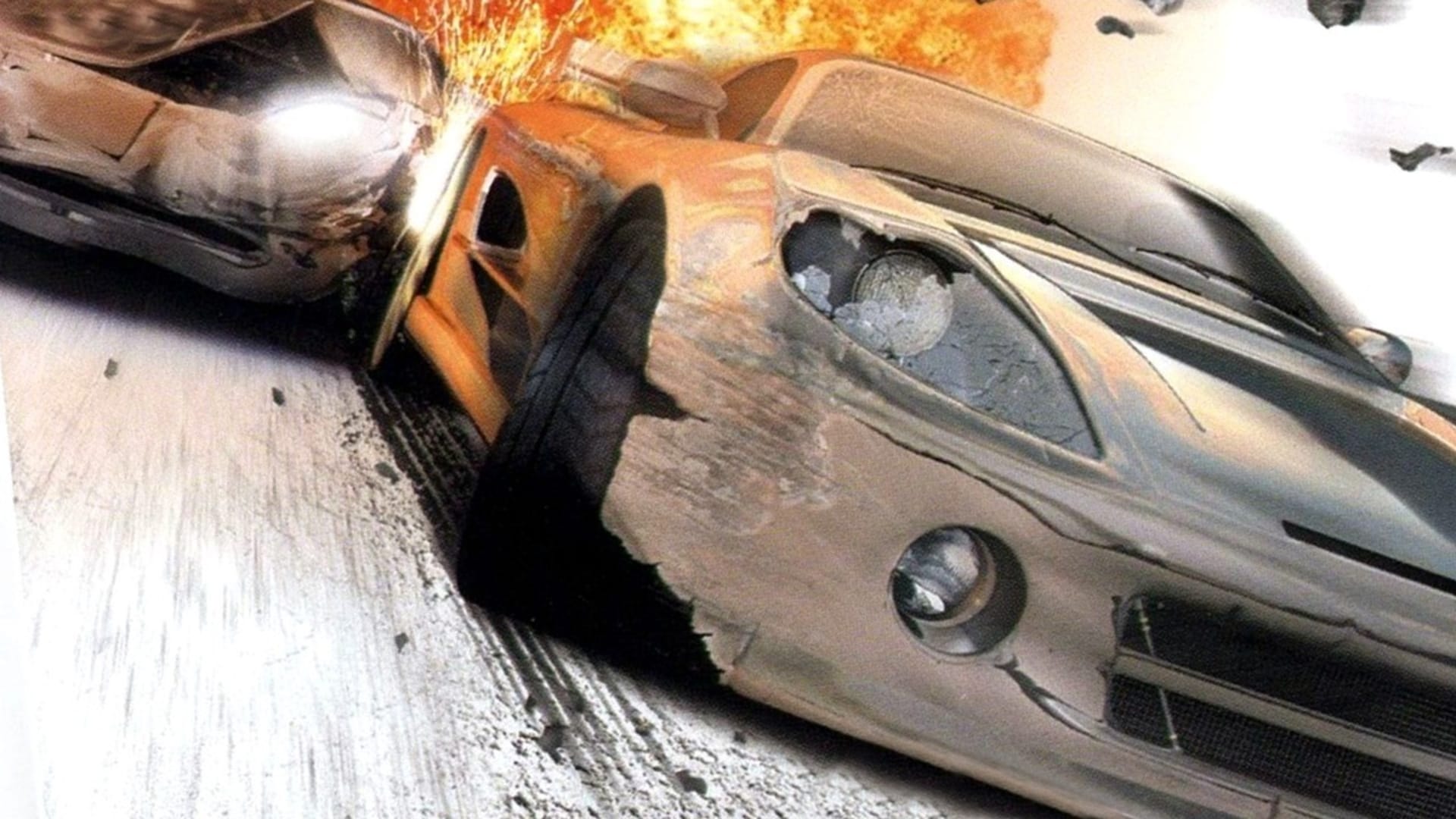
In the early 2000s, game engines weren’t just judged on their capabilities—they were judged on how good a game could look while still running smoothly. And RenderWare? It struck an impressive balance. This was an engine that could push polygons, handle dynamic lighting, and maintain stable frame rates across multiple platforms—all while keeping development times reasonable.
Take Burnout 3: Takedown, for example. The sheer velocity and destruction on display—glinting reflections on speeding cars, cinematic slow-motion crashes, real-time deformation of wrecked vehicles—was an absolute technical marvel. RenderWare made it possible by optimizing rendering techniques, ensuring that even with all the chaos unfolding on-screen, performance never took a nosedive.
The engine’s flexibility also meant that studios could scale visual fidelity depending on the hardware. Rayman 2 looked stunning on the Dreamcast but still held its own on PlayStation 2, thanks to RenderWare’s adaptable rendering pipeline. Whether it was realistic cityscapes in Tony Hawk’s Underground or the colorful, saturated green environments of Sonic Heroes, RenderWare could accommodate vastly different art styles without compromising performance.
Graphics were only half the story. The real charm of RenderWare lay in how it made games feel. At a time when physics engines were still evolving, RenderWare gave developers a foundation for dynamic movement, collision detection, and AI behavior that felt convincing without being overly complex to implement.
The Burnout series leaned heavily on RenderWare’s physics engine to create its heart-stopping crashes. When two cars collided, the engine calculated real-time momentum shifts, metal crumpling, and glass shattering—all within a fraction of a second. Meanwhile, in Tony Hawk’s Underground, the physics system ensured that grinding rails, landing tricks, and bailing out felt weighty yet fluid, striking a perfect balance between realism and arcade-style fun.
AI was another area where RenderWare excelled. The Sims 2 needed an engine that could process multiple independent AI behaviors simultaneously, from Sims chatting at the dinner table to a rogue toddler wandering off to splash in the toilet. RenderWare allowed for complex, layered decision-making, ensuring that NPCs behaved in a way that felt believable without overloading the system. In racing games like Burnout, AI-controlled opponents could react dynamically to player aggression, dodging traffic or retaliating with aggressive takedown attempts.
At its peak, RenderWare wasn’t just a game engine. It was a creative enabler, a toolkit that empowered developers to bring their ideas to life without getting buried under technical roadblocks. It was fast, flexible, and, for a time, it felt unstoppable. But as history would soon prove, even the most dominant technology isn’t immune to the shifting tides of the industry.
The Downfall of RenderWare
At its peak, RenderWare was practically an industry standard. Developers loved it. Publishers relied on it. Gamers unknowingly played on it. But in 2004, everything changed. Electronic Arts—already a gaming juggernaut—swooped in and acquired Criterion Software, the brains behind RenderWare.
For EA, this wasn’t just a tech grab. It was a strategic move. The publisher had been looking for a way to tighten its grip on internal game development and saw RenderWare as the perfect vehicle to do it. On paper, the acquisition looked like a win-win: EA could leverage RenderWare’s tools across its massive portfolio, while Criterion gained financial backing and stability.
But in reality? The move effectively cut RenderWare off from the rest of the industry. Third-party developers, wary of relying on an engine now owned by one of the biggest publishers in gaming, began jumping ship to alternative solutions. EA prioritized its own projects, integrating RenderWare into its in-house pipeline rather than keeping it as an open, evolving toolset. The once-thriving community of developers using the engine dwindled almost overnight.
At the same time, something else was happening—something that would change game development forever. Epic Games’ Unreal Engine was stepping into the spotlight, and it was packing serious firepower.
Unlike RenderWare, which had built its success on being accessible and cross-platform, Unreal Engine was pushing the boundaries of what was possible in real-time rendering. With cutting-edge lighting systems, physics simulations, and an ever-expanding suite of tools, Unreal wasn’t just a middleware solution—it was a next-generation powerhouse. And crucially, it remained independent. Developers flocked to it, knowing they wouldn’t be beholden to a giant publisher like EA.
Meanwhile, other engines were emerging to fill the gaps RenderWare left behind. id Tech continued to power first-person shooters with jaw-dropping visuals, while Havok provided advanced physics solutions. Ubisoft developed its own in-house engines, Rockstar invested heavily in RAGE (Rockstar Advanced Game Engine), and middleware tools like Unity started laying the groundwork for the indie revolution.
With more powerful, flexible, and openly available options flooding the market, RenderWare’s dominance quickly eroded.
By the late 2000s, RenderWare was a ghost of its former self. What was once the beating heart of countless beloved titles had become a relic, locked within EA’s walled garden. The engine still powered a few EA projects here and there, but it was clear the industry had moved on.
The real nail in the coffin? Technology had simply outgrown it. While RenderWare had been a trailblazer in making development easier in the early 2000s, newer engines weren’t just catching up—they were leapfrogging ahead. Advanced physics, high-dynamic-range lighting, and fully integrated animation systems were becoming standard. RenderWare, once the go-to choice for speed and efficiency, was now looking outdated and rigid in comparison.
EA eventually phased it out, integrating its remnants into Frostbite and other proprietary tools. And just like that, the engine that had once shaped an entire era of gaming disappeared into the background, its legacy living on only in the games it had helped create.
RenderWare’s rise and fall is a story of innovation, dominance, and ultimately, the ruthless pace of technological progress. It burned bright, but like all great tools in gaming, it was only a matter of time before something newer, faster, and better took its place.
Why RenderWare Still Deserves Recognition

Gaming history is filled with unsung heroes—technologies that shaped entire eras, only to fade into obscurity as the industry evolved. RenderWare is one of them. It may not have the same name recognition as Unreal Engine or Unity today, but during the early 2000s, it was the silent workhorse powering some of the biggest games of its generation.
While it may no longer be in active development, its DNA lives on in the countless games it helped create. It was an engine that empowered, accelerated, and ultimately revolutionized how games were made. Though its time in the spotlight was cut short, RenderWare’s impact is undeniable. It proved that middleware engines could be more than just a convenience—they could be an industry-defining force.




